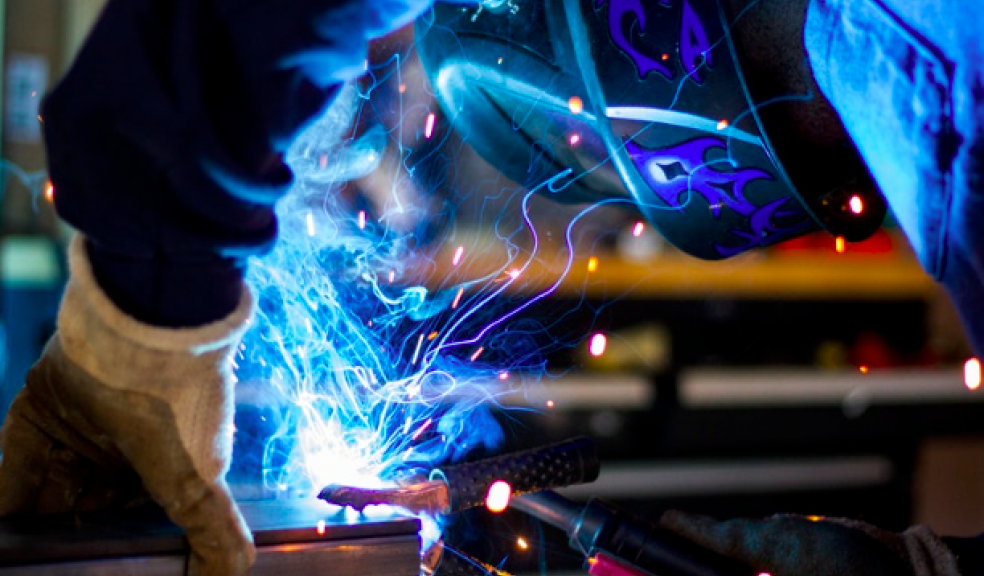
Metal: Appreciating the Material we all take for granted
The history of metalworking is intricately woven into the history of mankind –events such as the Industrial Revolution, the Space Race, and the dawn of computers and the Internet would all be impossible without these amazing substances that we take for granted every day. Railways, aeroplanes, skyscrapers, surgical instruments – all would be inconceivable without the metal they are made with. Whatever industry you work in, it’s likely that metal plays an essential and fundamental part in your working life. In terms of its durability and variety, it can cater for various uses the world over.
The necessity of metals in daily life
About eighty percent of earth’s elements are metals, and they are used everywhere. Aluminium doesn’t corrode and is very light, hence its use for making aeroplanes. Copper is an excellent conductor of electricity so is used for electrical wires. Steel, an alloy of iron and carbon, is incredibly strong and often used in construction.
Metal techniques
Just as there is a vast range of different metals, there is also a huge variety of ways of working with metal.
Welders use heat and pressure to join pieces of metal together. Different welding processes include arc welding, which uses an electric current to join metals together. Metal inert gas welding (MIG) uses a wire feed technique and is often used by robots on the assembly line in car factories. Tungsten inert gas (TIG) welding is very precise and results in high-quality work. TIG welding is usually used when working on small or complicated structures.
Other techniques of working with metal include cutting, which uses heat to cut through metal. Cutting is often used to dismantle metal vehicles, boats, or structures such as bridges when they become obsolete. Fabrication involves preparing and assembling metal components. Machining is the process of getting rid of any unwanted metal to get to the shape needed for the object.
Metal spinning is the skillful art of spinning discs or tubes of metal on high-speed lathes to form round or cylindrical metal components. All sorts of different metals can be used, including titanium, stainless steel, brass, copper, and aluminium.
There are a few different metal spinning processes. Computer-controlled spinning results in a flawlessly smooth finish. Hydraulic metal spinning enables technicians to work with the thicker material. Shear forming spinning finishes an item in just one pass.
Flow forming spinning reduces the thickness of the original sheet of metal in a very controlled process. Flow forming spinning results in cylindrical, conical or contoured items that are still very strong, despite reducing the thickness of the original sheet of metal.
Some highly trained, experienced technicians, especially automotive mechanics, do metal spinning by hand, massaging the metal into the desired shape just like a potter manipulates clay on a potter’s wheel. The difference, of course, is that metal is a lot harder to form into shape than clay, so the tools need to be tough. Usually, the piece of metal needs to keep the same density across the entire surface.
Tooling for metal spinning is up to 90 percent cheaper than stamping or hydro-forming dies. Old tooling, made out of wood, tool steel or composites, can be reused for even greater cost savings. Click to learn more about metal spinning.
You may be surprised at the number of uses that metal spinning can be put to. Consider the variety of industries that need metal spinning work – aerospace, power stations, food processing plants and agricultural businesses to name just a few. Many musical instruments are made by using metal spinning, such as cymbals and brass instruments. The automotive industry relies heavily on items made from metal spinning, such as interlocking parts for catalytic converters. Metal spinning can be used creatively too, in art installations and outdoor sculptures. Different types of furniture can be made by using metal spinning, such as bar stool bases, table columns, desk lamps, floor lamps and ceiling lampshades. Metal bowls can be made of metal spinning, which is not only functional but very beautiful too.
Once the metal object is the right shape, it’s time for the finishing process, which could include galvanising, powder coating, brushing or polishing.
Using metals in industry
Every industry uses metal in some form or another. But some industries rely on bespoke metal items more than others.
The catering and food processing industry relies on equipment that can resist very high and very low temperatures, and that doesn’t corrode. It also needs equipment that is hygienic and easy to clean. Metal naturally lends itself to overcoming these issues.
Exeter is a city at the very forefront of technical sciences. Exeter Science Park is home to many diverse science and research companies, from small start-ups to large multinationals. Occupying a vast 850,000 square footage within a peaceful parkland setting, it is an inspirational place to work and carry out ground-breaking research and development, much of it needing bespoke metal instruments.
The Met Office chose to set up home in Exeter. Employing more than 1,700 people at 60 locations worldwide, the Met Office is one of the world’s most accurate forecasters, using the very latest cutting-edge tools and technology to provide accurate weather forecasts. As well as informing the public, it is vital for transport services (including road, air and sea travel) to have reliable weather forecasts. If you work in this highly specialised industry, you may need bespoke metal tools.
Prestigious Exeter University is world-renowned for the quality of its research and teaching, with particular strengths in the core subjects of science, mathematics, and medicine. These fields all require custom-made metal instruments to enable students, professors, and researchers to aid in measuring, evaluating and investigating.
Whether your business is agricultural, medical, scientific or in the catering industry, consider how essential metal is to your daily working life. It’s safe to say that you couldn’t live without it. The way in which we utilise these materials changes as and when we discover more about them. Utilising them in the ways we do reflects the diverse nature of metal and how we have managed to revolutionise the way we live through its use.

















